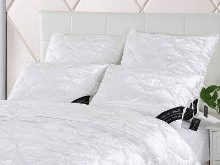All about pillow sizes

It is impossible to tell everything about the sizes of pillows in a small article, because they are factory-made, using standard parameters, made to order. The parameters are determined by statistical studies, ergonomic rules, medical advice.
Width, length and height, filling material, additional functions - all this must be taken into account, it is used not only in the manufacture of accessories for sleeping, but also in the clothing industry. When sewing bedding sets, you also need to know the size of the pillows in order to sew pillowcases.
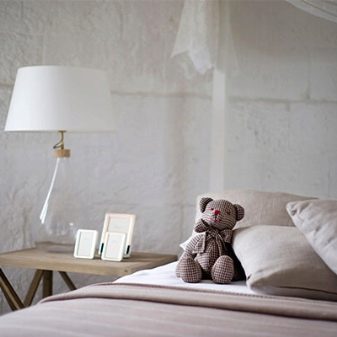
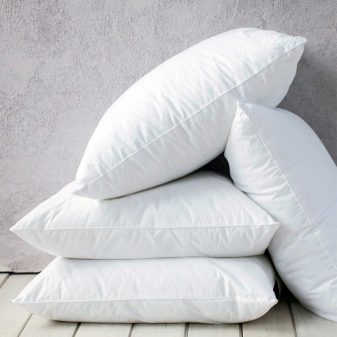
Why know the parameters?
In light industry, there is a distinction between pillows by scope: they are used as a soft seat on a chair, placed under the head during sleep, placed under the back to relieve the shock load on the vertebrae in individual segments of the spine. Buying bedding for inexperienced owners is difficult if they do not know the exact size of their functional or sleeping item. The choice of bedding according to an approximate estimate, visual identification, with a small error, as a result, turns into significant household inconveniences:
- even if the error was only 5 centimeters, the pillow under the head will slip or be strongly compressed and become hard;
- 10 cm errors will wrap up in a strip of loose fabric in width or length, make the sleeping accessory unaesthetic and uncomfortable.
It will not be difficult to measure all the devices for sleeping and rest, but this will allow you to better select the necessary accessories or replace those that have become unusable with similar ones, without creating household inconveniences for yourself.
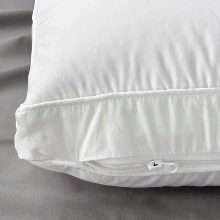
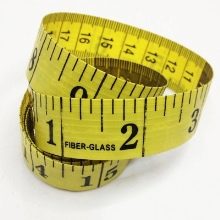
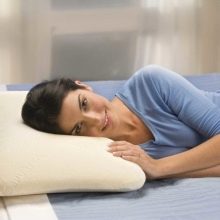
It is difficult to choose a cover for a decorative pillow, even if it was bought in a store and not made with your own hands. There are no specific recommendations for dimensions in width and length. Each consumer chooses a convenient device for sleep, rest and relaxation, subconsciously focusing on comfort. Sometimes people use inherited pillows with natural filling.
Over time, it becomes necessary to change the bedclothes or cut, and then it is important to know which sizes suit the most. The idea of what an orthopedic model should be is dictated by the doctor's recommendations - the doctor determines the required dimensions based on the dimensions of the person. In orthopedic devices, the height and parameters of the headrest are important - it depends on how much it will fulfill its therapeutic purpose.



Standard sizes
It is important to consider not only the width and length, but also the height of the pillow. In some sources, one can find statements that a person should sleep without putting anything under his head, because this is how the most natural position is supposedly assumed in a dream. However, this opinion is fundamentally wrong. Initially, man was not intended to walk upright, but in the process of evolution it became necessary to free the upper limbs for various needs.
The natural curvature of the spine has been preserved from the old days, and the pillow provides it with comfortable placement during sleep - a long process of relaxation and rest. And they are necessary to relieve stress from the spinal column, which was not originally designed by nature for such a load and especially in need of a comfortable location.
Numerous diseases that have given rise to a separate specialty of a doctor for the treatment of spinal pathologies are largely due to work and a lack of dynamics, but the wrong position of the body during sleep also takes a significant part in their formation and progression.

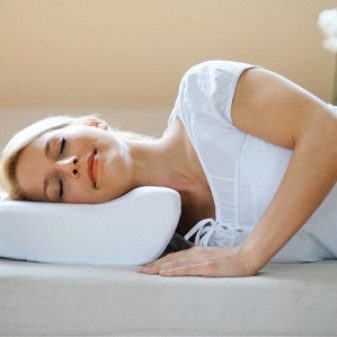
In Russia, the standard for the size of pillows remained from the Soviet GOST for the clothing industry.
- 70x70 cm - this is the headboard of a single bed or two identical pillows on a one-and-a-half bed or sofa. Medical studies have shown that this width allows you to sleep at night without moving your head from the headrest, and the height does not hurt against the wall or headboard.
- The standard size is based on well-developed ergonomic principles. They take into account not only the standard sizes of double and single beds (their production was also standardized), but also the average parameters of an adult - the length of the shoulder, the distance between the cervical vertebrae and the back of the head.
- Orthopedic pillows were further developed, where in determining the height they began to take into account individual indicators - the width of the shoulders, the length of the neck and even the relief of the occipital part. And they differ not only in children and adults, but also in men and women, people of different heights and constitutions.
A smaller square pillow also finds its customers - hence the size 60x60 and 50x50 cm.They can be used without any particular inconvenience: the compactness compared to the 70-cm one looks attractive, but from the point of view of ergonomics, the standard size creates more favorable and less traumatic conditions.
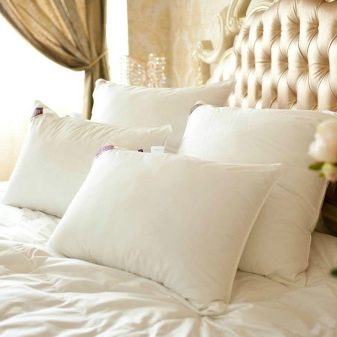
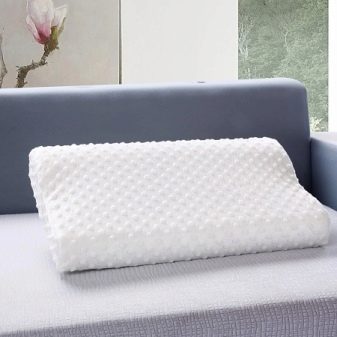
A regular model of a square shape, but already of a more miniature size from 45x45 to a square with sides from 40 to 20 cm - these are already pillows of a different category, the so-called dummies, under the head or back, decorative or for children. Each of them is intended for separate purposes, but can be used outside the box: a small pillow is multifunctional and variable in use, but during sleep it is suitable for the role of an auxiliary, not a basic device.
The rectangular shape of the pillow on the territory of the CIS appeared relatively recently and is still called the euro, although it is used not only in Europe. The sizes of such an accessory are also varied - from 40 by 60 and 50x70 to 150x50 cm. The latter size is the classic size of the Japanese dakimakura, an elongated cylindrical bedroom accessory that features a one-sided or two-sided image of an anime character. They are given to fans of this genre. In this form, there are other options - functional and anti-stress, whimsical form or painted, with a practical or purely decorative purpose.
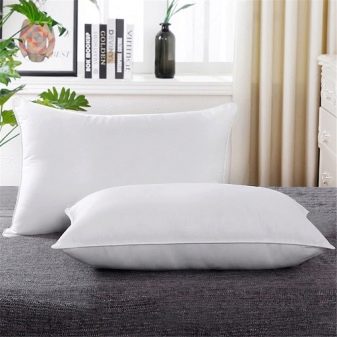
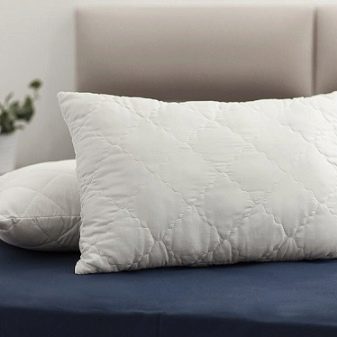
Sizes in different countries
A 70x70 cm pillow made of down and feathers, typical for Russia and the Soviet era, was somewhat squeezed out under the pressure of imported products. Advertising and the desire to comply with fashion trends have played a significant role in displacing the usual square shape and natural filler. However, not all countries use the European standard in providing night rest. Statistics and practical observations show that choice preferences differ from country to country.
- In France, the most common pillow size is considered to be 65x65 cm. In the products of the clothing industry in Russia, in Transnistria, you can find a lot of bed sets or pillowcases of this size.
- Garment factories and German standards were not ignored. Germans prefer large pillows - 80x80 cm.
- In other European countries, rectangles became the subject of preference, followed by fans of this form in the Russian Federation. Therefore, domestic manufacturers sew bedding sets with pillowcases for Euro pillows - 40x60, 50x70 cm.
- The USA has its own standard parameters for rectangles - 50x75 or 50x85 cm.
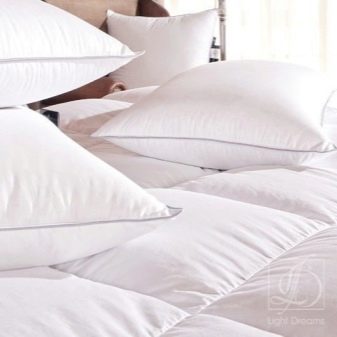

You can get an approximate idea of the dimensions of bedding, placed under the head or neck, by looking at the table.
|
Country or continent |
The most common sizes, cm |
Other adults, cm |
Baby, cm |
|
Russia |
70x70 |
60x60, 50x70 |
Simple - 40x60 Orthopedic - 38x40 |
|
Europe |
40x80 |
65x65, 50x75 |
Simple - 40x60 Orthopedic - 38x40 |
|
America |
50x85 |
50x75, 50x100 |
Simple - 40x60 Orthopedic - 38x40 |
|
Japan |
Dakimakura - 150x50 |
40x40 and smaller in size, different shape |


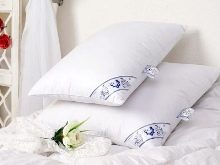
The appearance, functionality and parameters in many cases depend on the filler. It determines the quality of the cover or napkin. Different countries can use variable natural materials - from down and feathers to wool. The shape can also remain traditional when using holofiber, kompelya, padding polyester, silicone and other polymer fillers.
Variations from manufacturers are not excluded: for example, a body pillow is produced in Japan not only 150x50 cm, but also 160x50 cm, and even 150x155 cm, and in special cases it can be sewn according to other, individual parameters.
The popularity of dakimakura has stepped over the limits of Japan, and there is a need for products of more weighty dimensions, the scope of their application has expanded.
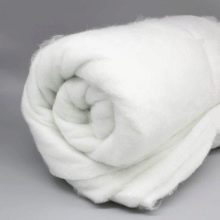


In some cases, the variability in size can be explained by the requirements for a place to sleep or the type of other accessories: for example, the softer the mattress, the greater the height and length of the product should be. As in the days of Soviet GOSTs, the width of the bed is regulated - perhaps it was the non-standard parameters of the euro-bed that led to the appearance of euro pillows. Models 70x70 cm are optimal for a one-and-a-half bed, which reaches a width of 150 cm.
The width of the pillow depends on the parameters of an adult, because both the head and neck should fit on it. Fashion or culture is not a reason to abolish good traditions, especially if they are dictated by scientific research. The choice of bedding is a means to provide the body with maximum comfort and proper rest. Therefore, the size of the pillow should be chosen, focusing on your needs and comfort, and not on fashion trends or recommendations of glamorous publications.


